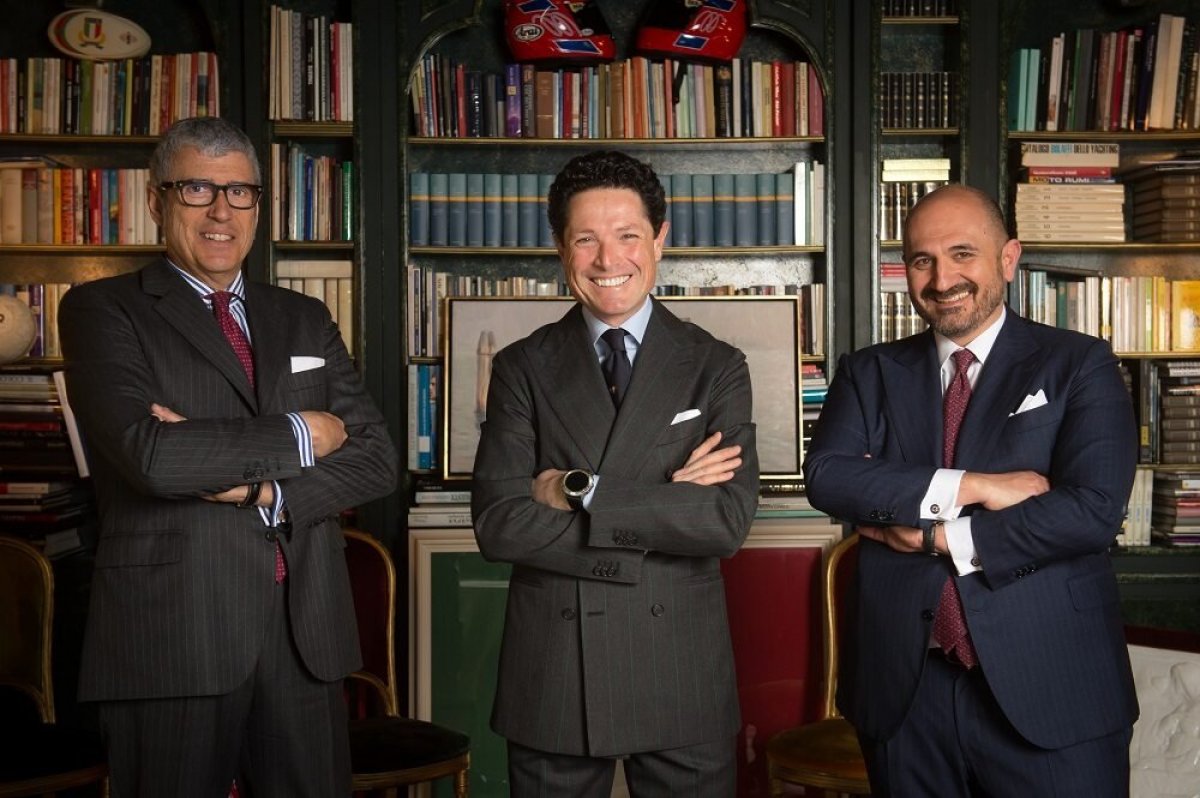News
Pelletteria Toscana: signs of restart but worry about the war

The crisis in Ukraine is holding back recovery and is also shaking the Tuscan leather goods sector. This is demonstrated by the data elaborated for Assopellettieri by the Centro Studi Confindustria Moda and presented by the vice-president of the association in charge of the Tuscan district, Andrea Calistri, and by the regional councillor for economy, Leonardo Marras.
In summary, in 2021, with an increase on 2020 of 32.5%, Tuscany has come close but has not yet recovered the levels of 2019, from which separates it a gap of 7.1%. Despite this, it remains the first Italian region for exports in the sector. In euros, in 2021, Tuscany exported goods for 5 billion, compared to 3.8 in 2020 and 5.4 in 2019. Leading the way is Florence, which, with over 4.2 billion in exported goods, marks a +42.3% on 2020 and reduces the gap to -4.8% compared to 2019. The Tuscan capital makes, alone, a third of national exports in the sector. As for the reference markets, France improves with +30%, South Korea (+120%), USA (+72.5%) and Japan (+61%) fly, surpassing China, stopped at + 5%.
And if the Covid seems to be behind us, what worries us is the conflict between Russia and Ukraine, two markets to which Italian leather goods and tanned goods exported 129.5 million euros in 2021 (110 of which to Russia). Tuscany, with 20.9 million euros exported (of which 18.23 to Russia, up 26% on 2020) is one of the four most exposed regions, along with Emilia-Romagna (35.7 million), Lombardy (28.8 million) and Veneto (24 million), which together hold a share close to 85% of exports to the two countries.
"The export data tell us that the numbers are growing again, that in the world there is a great desire for Italian products, symbol of quality and beauty, but in the face of the current international uncertainty we cannot lower our guard. The Region's commitment to internationalization will continue, remembering that the leather goods sector is one of the jewels in the crown of our economic system".
"If the numbers and the results that were recorded at the Milan fairs comfort us, on the other hand there is the big question mark represented by the effects of the conflict - commented Andrea Calistri -. The staggering increases in energy costs have not yet consolidated in raw materials but they will. The entire Tuscan leather goods industrial system risks losing competitiveness with its European and non-European colleagues. This is a risk that we must contain as much as possible, considering that the leather sector covers 16.3% of Tuscan manufacturing exports and represents the first regional macro-sector for exports".











